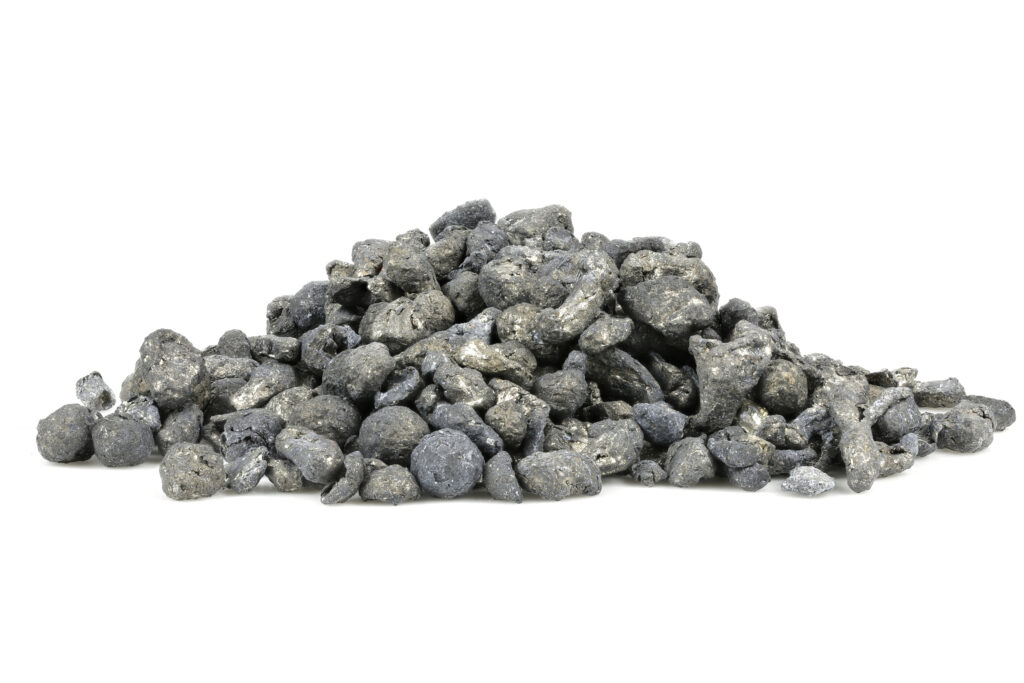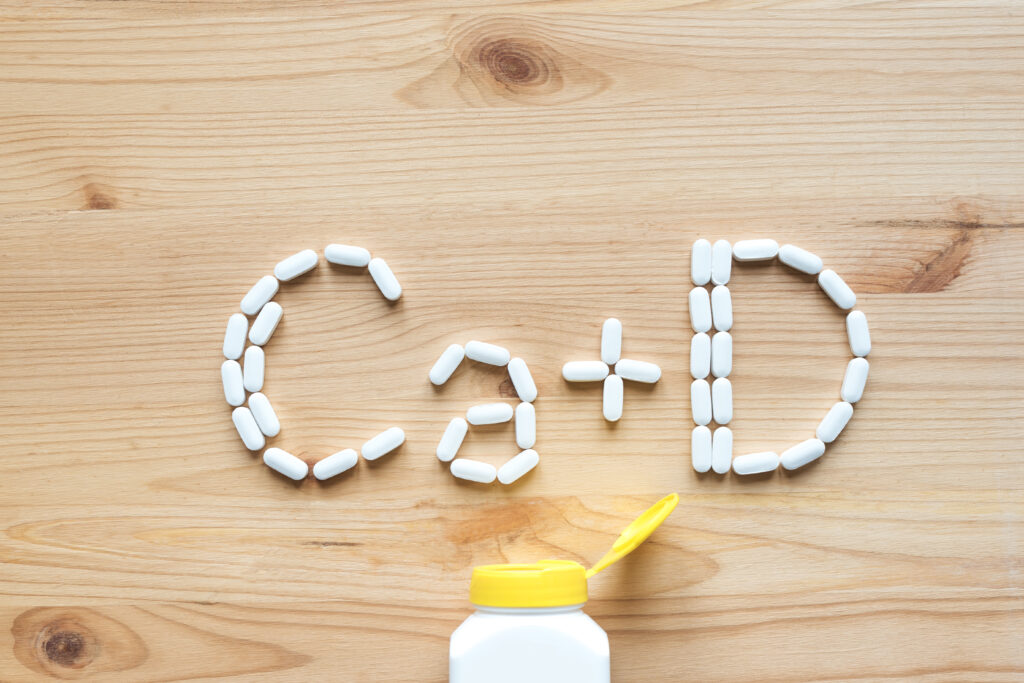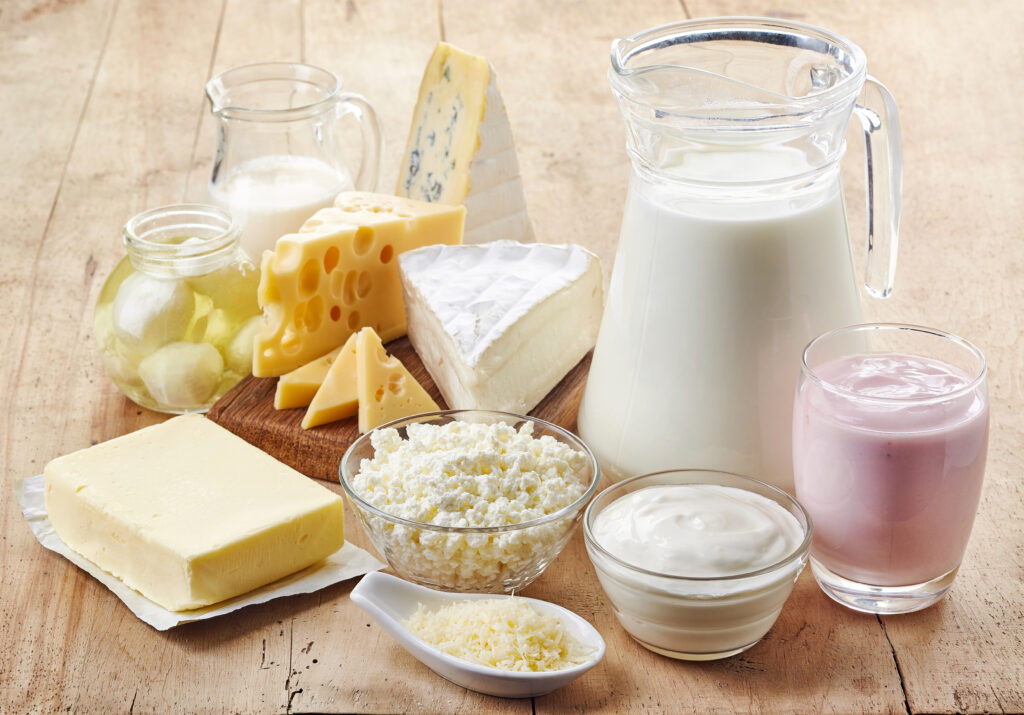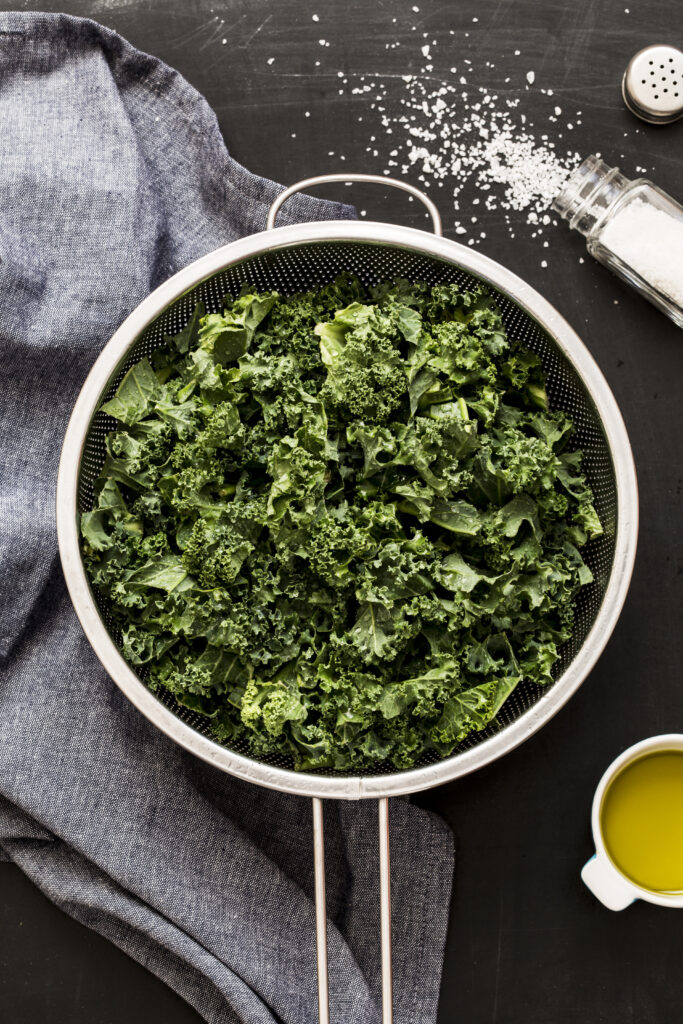Did you know that all animals need calcium? Vertebrate animals use calcium to build strong skeletons. Invertebrate animals use calcium to build strong shells and carapaces. Even plants use calcium to support their plant structures. For example, if turtles don’t get enough calcium their bodies take it out of their bones and they can get soft shells and a medical condition called Metabolic Bone Disease. That sounds an awful lot like osteoporosis for humans…
Which brings us back to how calcium works in our bodies and how to ensure that our bodies get the right amount of calcium.
Calcium is an alkaline or basic mineral and the most abundant mineral in our bodies. Considering calcium’s alkalinity takes us back to our discussion about maintaining our body’s pH. Our bodies have a happy place of 7.35 to 7.45 on the pH scale which is ever so slightly alkaline or basic. Our diets tend to trend toward being acidic and it is important that we keep our bodies in balance by eating enough alkaline foods. On the subject of maintaining balance in our bodies it is important to get enough calcium, but not too much.

Too much calcium can lead to getting kidney stones or interfere with heart (Arrhythmia) and blood functioning. Hypercalcemia is the name of the medical condition for when we have too much calcium in our blood. We don’t want to have too much calcium in our blood because when we do it means that it is leaving our bones and we are probably peeing out the excess with the potential to experience the more serious consequences associated with hypercalcemia. There is a print out available if you would like more information about the symptoms and medical complications associated with hypercalcemia, but discuss concerns with your doctor.

Let’s continue on with our discussion about calcium. The recommended daily amount of calcium for adults over age 50 is 1200mg per day. For adults younger than age 50 the recommended daily amount is 1000mg per day. It is important to note that calcium absorption is intrinsically related to vitamin D. We will discuss Vitamin D separately, but know that vitamin D is absolutely necessary for your body to process the calcium it gets, so even if you are getting the right amount of calcium it is not useful without the right corresponding amount of vitamin D.
So, how do we get the right amount of calcium from the foods that we eat?
People have many different thoughts on this issue. Perhaps like me you were raised by a mom that told you it is necessary to drink milk to get enough calcium for your bones. So, do you have to drink milk?

The answer is “no.” Many people choose not to drink milk for a variety of reasons. Some people cannot absorb milk sugar while other people may have an allergy to milk protein or an intolerance. It is important to keep in mind that dairy works wonderfully well for some people and for others they get nasal drip and continual congestion. Food is personal and individual and what works for one person may not work for someone else. There is room for everyone to be able to get the calcium that they need from the food sources that work the best for them.
On the subject of milk, specifically, one glass of cow milk has 250-300 mg of calcium in it.
Many people that cannot tolerate the casein in cow’s milk do well with goat and sheep’s milk and cheese, so feel free to experiment and discover what works for you, personally.
A word about milk substitutes at the store- most soy and almond milks do not have similar amounts of protein to animal milk. Many of the grocery store substitutes are mostly water with calcium that is too high along with sugar added to them. I encourage you to read labels carefully and know what you are actually getting.
Dairy which includes milk, cheese, and yogurt are good sources of calcium, but since this category of food works for some people and not other people let’s bring our attention to other sources of calcium.
You may have heard that spinach has lots of calcium. That is true, but the calcium in spinach is not readily available for your body to use. This is because of the oxalic acid present in spinach. The oxalic acid binds to the calcium in your gut which makes it so that much of the calcium present in spinach is not absorbed by your body. Spinach is still really good for you though, so keep eating it! It just isn’t a great source of calcium. Some of the benefits of eating spinach are that it helps reduce inflammation in your body, it helps to fight free radicals that can lead to cancer, and it can improve your eyesight. So embrace your inner Popeye and reap the benefits just know that it isn’t a good source for calcium. Beet greens, chard, and rhubarb also have health benefits and oxalic acid which also makes them not great sources for calcium.
Stay with me though- there is a family of greens that are a wonderful source of calcium because they do not have oxalic acid. This is the cabbage family that is part of the larger group of cruciferous vegetables.
These cruciferous leafy green vegetables have calcium readily available for immediate absorption.
Vegetables that have calcium readily available include cooked kale, broccoli, bok choy, brussel sprouts, collards, and mustard greens. Three cheers for cruciferous vegetables!

I have a video that talks more about getting the right amount of calcium in your diet. You can view that video here.
How you add calcium to your diet is up to you. So get to is an build your bones with calcium!



Thank you so much for your great advice. I do cardio cycling 6 days a week, yoga twice a week and weights once a week at our YMCA. I also walk 1-2 miles every day and added yoga. My MD told me “this is nice, but it probably won’t do any good. My diet includes lots of veggies and fruit.
I appreciate your learned support.